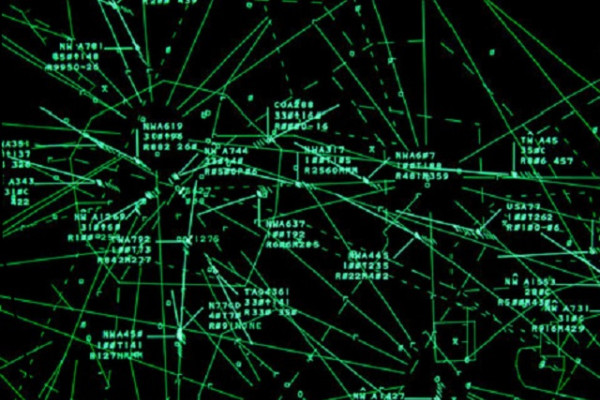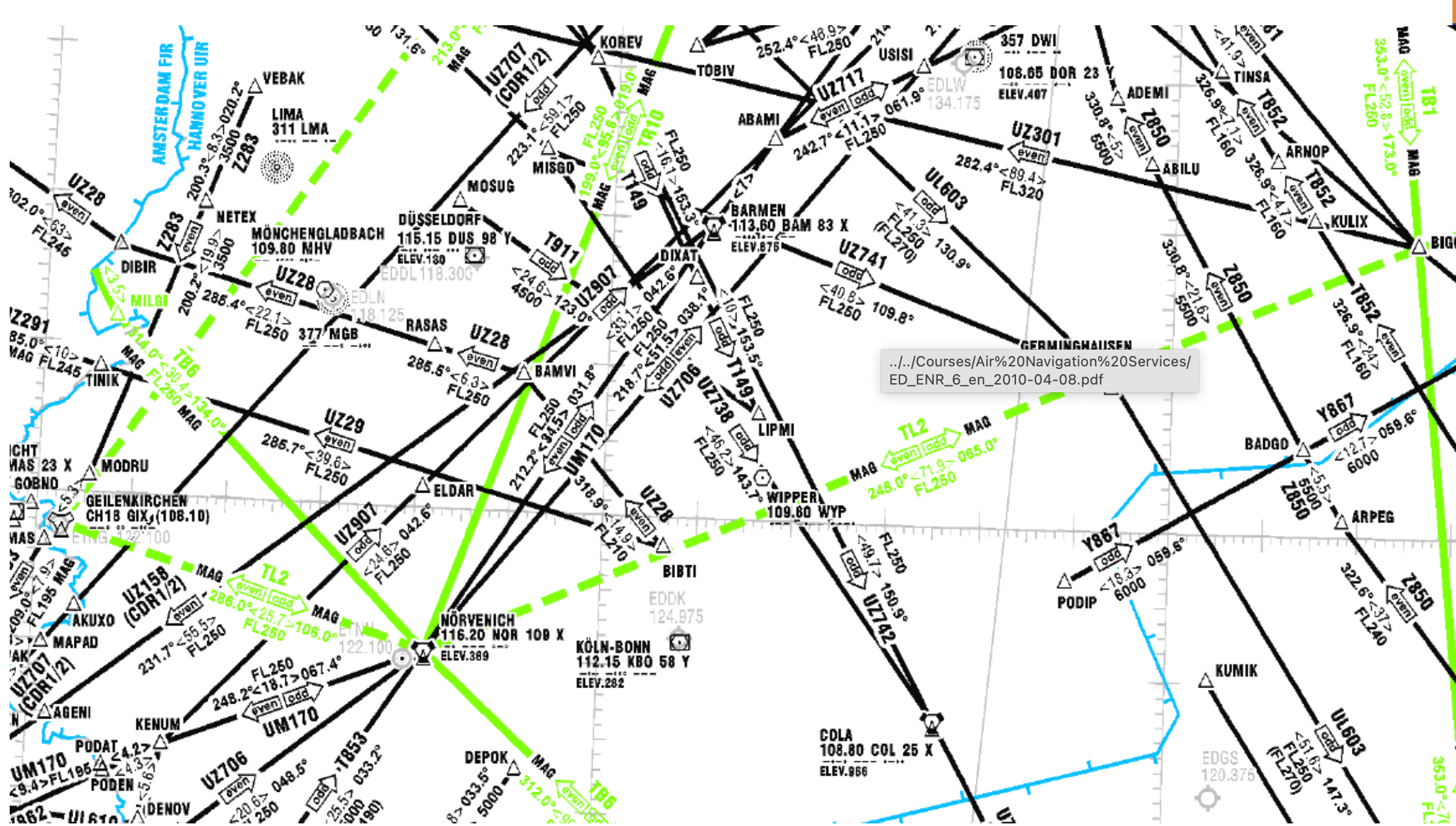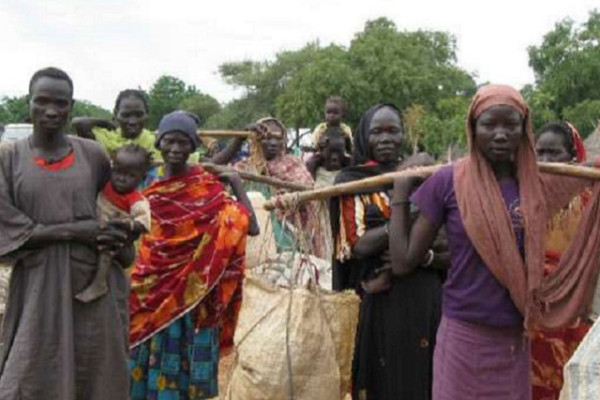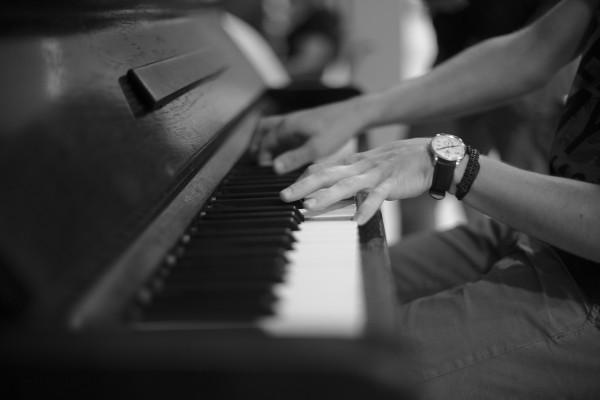Alexander Skoniezki, retired Air Traffic Controller (ATC) and European ATC instructor, was our speaker at the March ISG General Meeting. Born and raised in Frankfurt, Germany, Mr. Skoniezki enthusiastically shared in detail the work of ATCs as they play a crucial role in air travel safety. ATCs work in Control Towers and Radar Control Centres.
Some European aviation data (2022):
• There are 4,000-4,500 aircraft in the sky at any given moment in a day, with an average of 32,000 flights/day
• 9.3M flights took place
• €17.5B paid for the operation of ATC organizations
Aviation remains to be a booming business, despite the Covid pandemic and the environmental issues associated with flying.
As Mr. Skoniezki explained, the “ultimate responsibility for air space control remains with the individual sovereign State and so does the responsibility for providing Air Navigation Services (ANS). ANS are provided by ANS Providers (ANSPs) within national boundaries. In Belgium the ANSP is SkyEyes.
Within the individual ANSPs there are Area Control Centres which distinguish between Upper Air Space (>25,000 ft.) and Lower Air Space (<25,000 ft.), and these spaces are further divided into Control Sectors to which ATCs are assigned. The size of the Control Sectors depends on the complexity running through them – for example, how busy they are and how many air traffic routes are contained in that sector. There are 672 control centres across Europe. Open Sea Areas are also allocated to national airspaces by the International Civil Aviation Organization (ICAO). In addition to the national boundaries of ATC, Eurocontrol’s Maastricht Upper Area Control Center is a pan-European, civil-military organization dedicated to supporting European aviation.
As mentioned above, air traffic routes are “the highways in the sky,” which must be used for
safety reasons. Aircraft navigate these routes using traditional radar and (more so today) satellite
based systems and technology (similar to the GPS with which we are all familiar). ATCs work in
Radar Control Centres and Control Towers. Their mission is to prevent aircraft from colliding in
the sky and with anything on the ground, expedite and maintain an orderly flow of air traffic, and
provide information in emergencies as necessary (such as weather updates). Two ATCs work
together for each sector/position – one communicates with pilots and the other communicates
with neighbouring sectors to allow for transfer of control for flights at sector boundaries.





